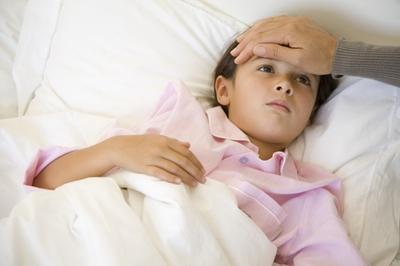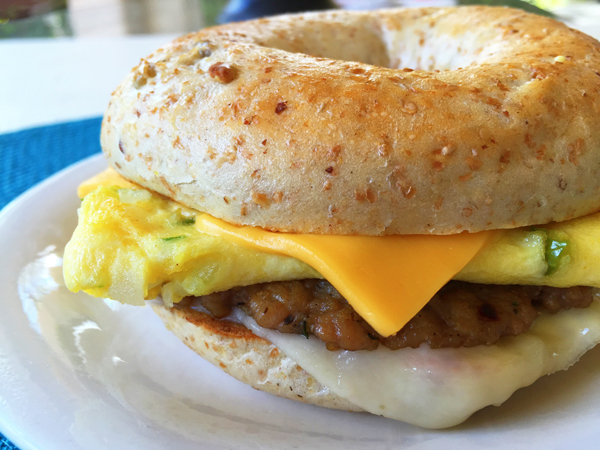With the really buggy season upon us I’d like to take a few moments to talk about the latest in cold treatments for children. The FDA has recently recalled (and others have voluntarily removed from shelves) many popular remedies for children.
- Dimetapp Decongestant Plus Cough Infant Drops
- Dimetapp Decongestant Infant Drops
- Little Colds Decongestant Plus Cough
- Little Colds Multi-Symptom Cold Formula
- PEDIACARE Infant Drops Decongestant (containing pseudoephedrine)
- PEDIACARE Infant Drops Decongestant Cough (containing pseudoephedrine)
- PEDIACARE Infant Dropper Decongestant (containing phenylephrine)
- PEDIACARE Infant Dropper Long-Acting Cough
- PEDIACARE Infant Dropper Decongestant & Cough (containing phenylephrine)
- Robitussin Infant Cough DM Drops
- Triaminic Infant & Toddler Thin Strips Decongestant
- Triaminic Infant & Toddler Thin Strips Decongestant Plus Cough
- TYLENOL Concentrated Infants. Drops Plus Cold
- TYLENOL Concentrated Infants. Drops Plus Cold & Cough
- CVS is also pulling their generic equivalents off store shelves
Here’s the scoop: these drugs were never FDA approved for the use in children under 2, and many experts say that they should not be given to children under the age of 6. Medications that are intended to “dry up” those awful runny noses also dry up the secretions in their lungs, making it hard to cough them up. Our lungs are where oxygen exchange takes place, and if there’s mucous plugging up the airways, then oxygen doesn’t get to where it needs to. Little ones end up in the hospital, and many times intensive care while we undo what these medicines have done.
Be careful with the different colors of medicines!!!!!
Some show a runny nose, others a cough, even more a fever or combination of symptom relief. Giving multiple medications to children can be very dangerous. There are many of the same medications in these different color bottles, and many contain acetaminophen. Thousands of children are accidentally overdosed by well-intentioned parents yearly. This type of drug overdose can lead to liver failure and death.
An ounce of prevention…
Cover your cough and wash your hands often. When you can.t get to a sink, use hand sanitizer, and keep one in your purse. Teach children to do this too! When the kids are sick, take extra care in washing toys.
Sometimes the best medicine is no medicine…Some of grandma’s remedies are the best. Make chicken soup, eat a popsicle, drink lots of fluids, and dress your child lightly-do not bundle your child so the warmth from the fever can escape. A little fever is OK for most kids, but talk with your health care provider because all children are different. A fever is the way our body “speeds things up” to become more effective in fighting infection. So for most kids, a temperature of less than 101 taken orally is safe, and they will get healthy faster. Just make sure they stay hydrated by drinking enough juice and water. Also, the use of a humidifier or vaporizer can help keep those secretions moving, but check the filters and use clean water; otherwise you’re just blowing pollens and molds into the air!
If your little one develops a high fever (over 101), has pain (besides a mild headache), or has any trouble catching their breath, call your healthcare provider immediately- this is most likely not just a cold. If your child is struggling to breathe, or changes colors (especially if their lips turn pale or blue) call 911- this is a medical emergency.
Also, if your child is less than 3 months old, any fever over 100.4 needs to be brought to the attention of his/her pediatrician.
When you’re feeling stressed from taking care of a sick child, just think of those warm windy days of summer when cold season is over (and asthma season is in full throttle)!




